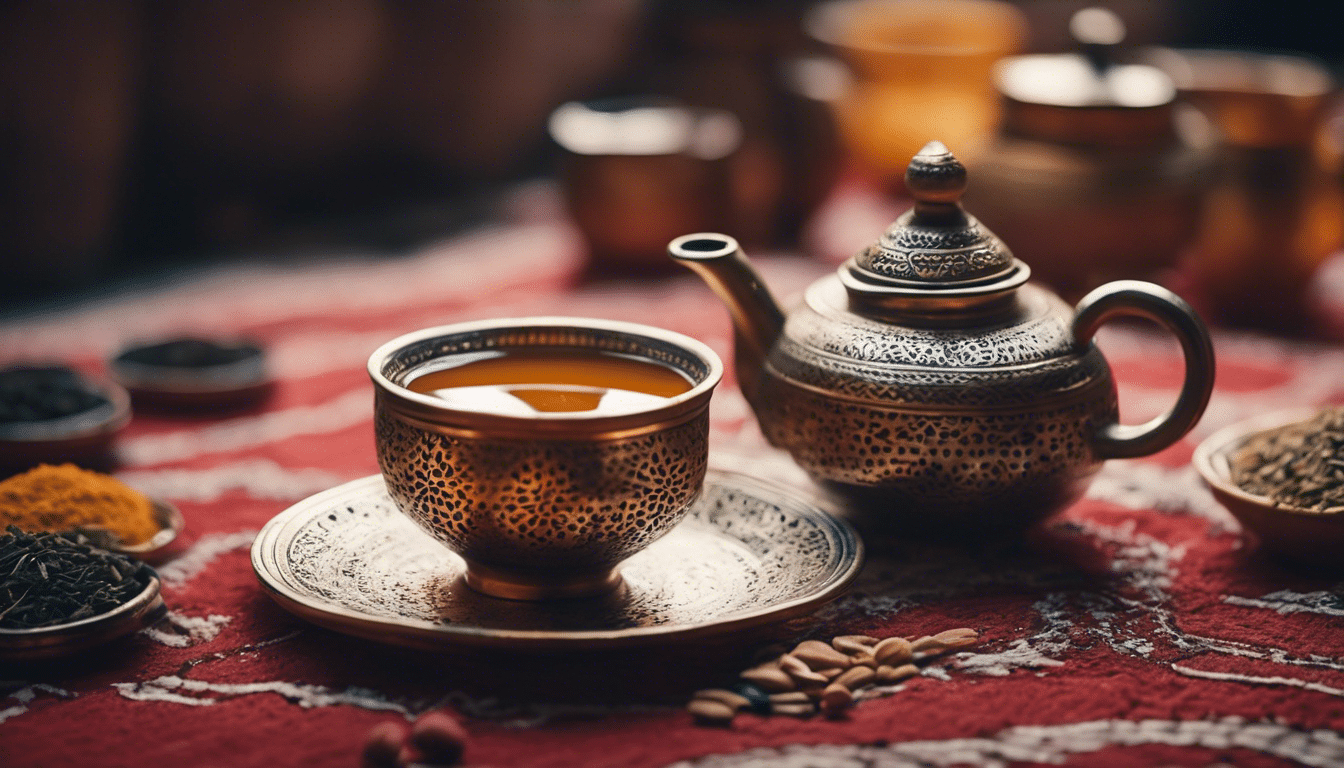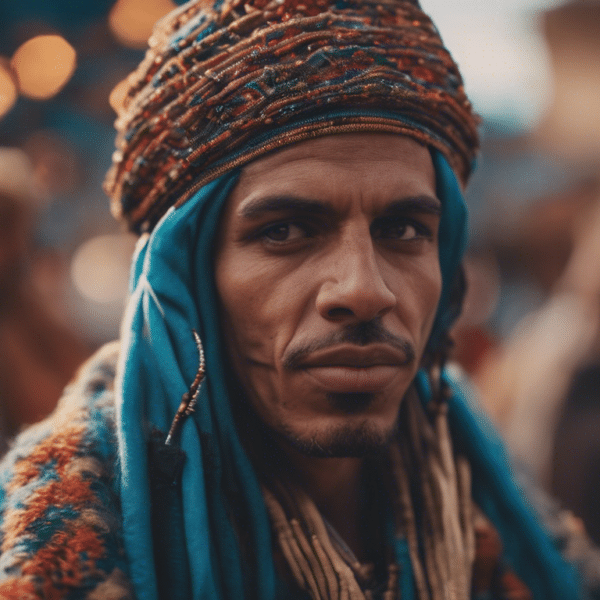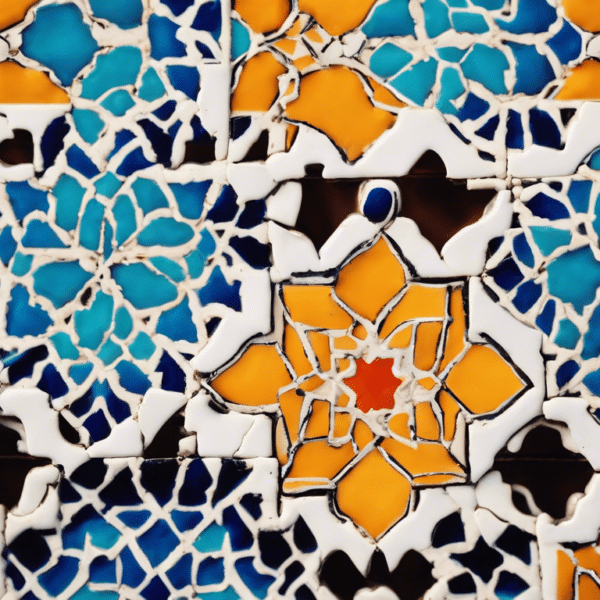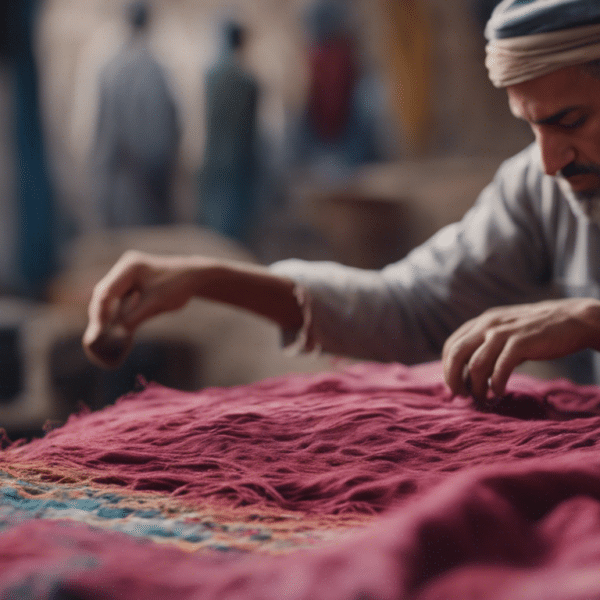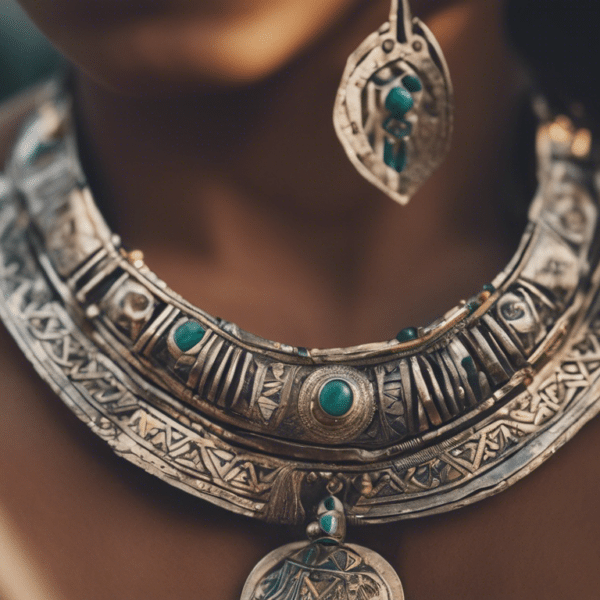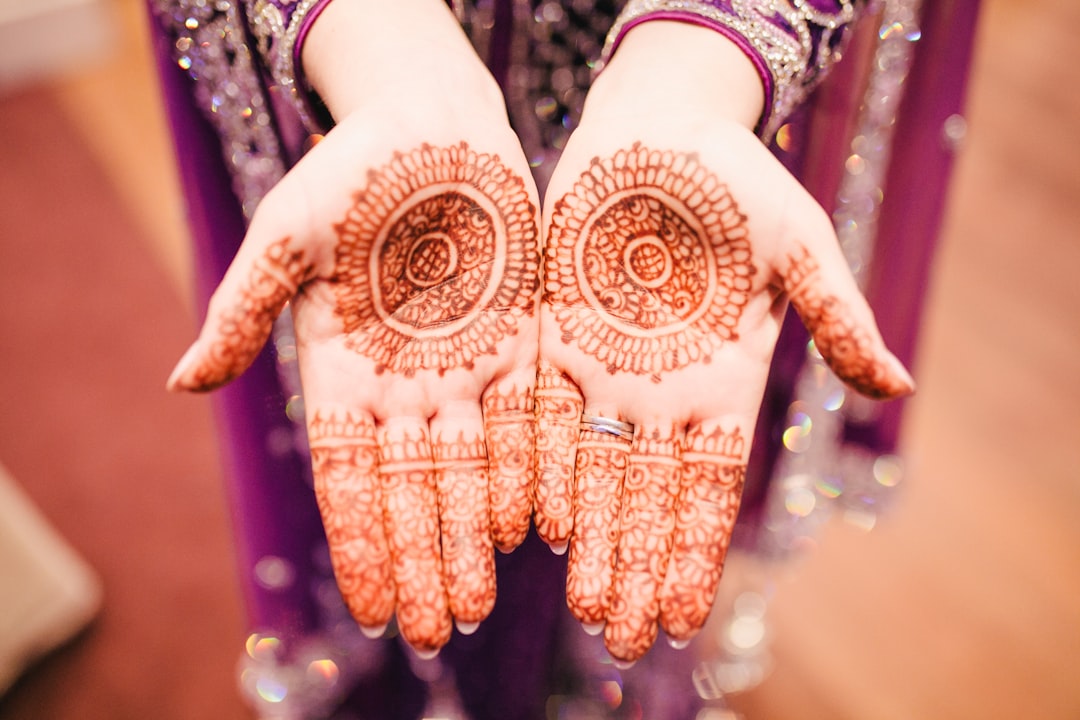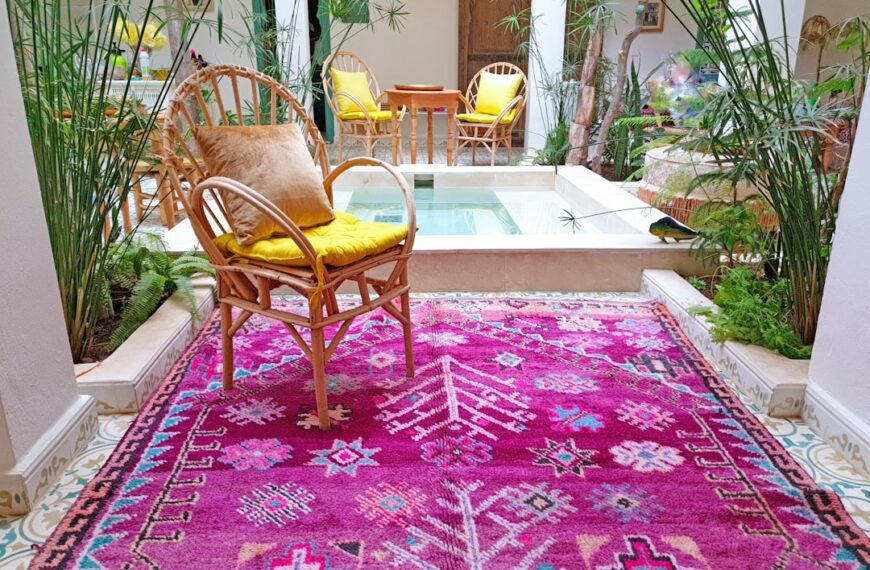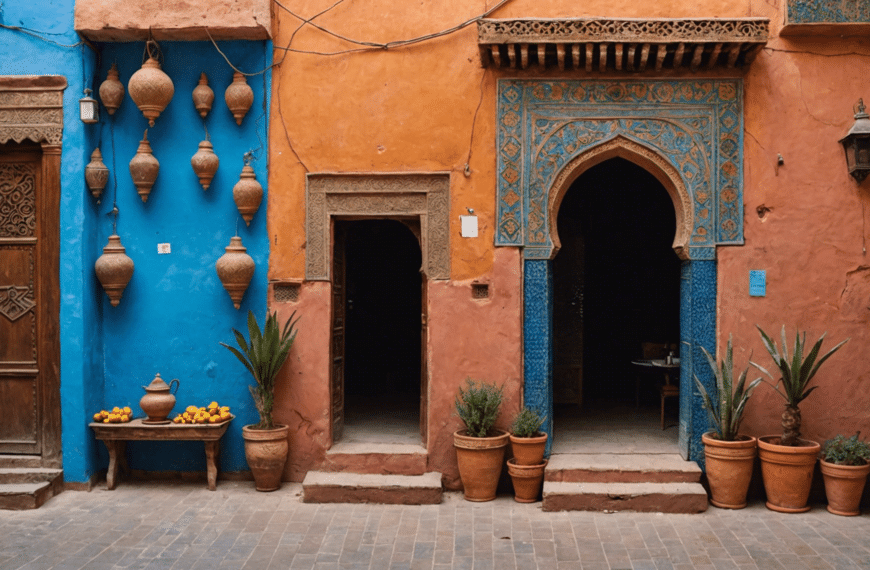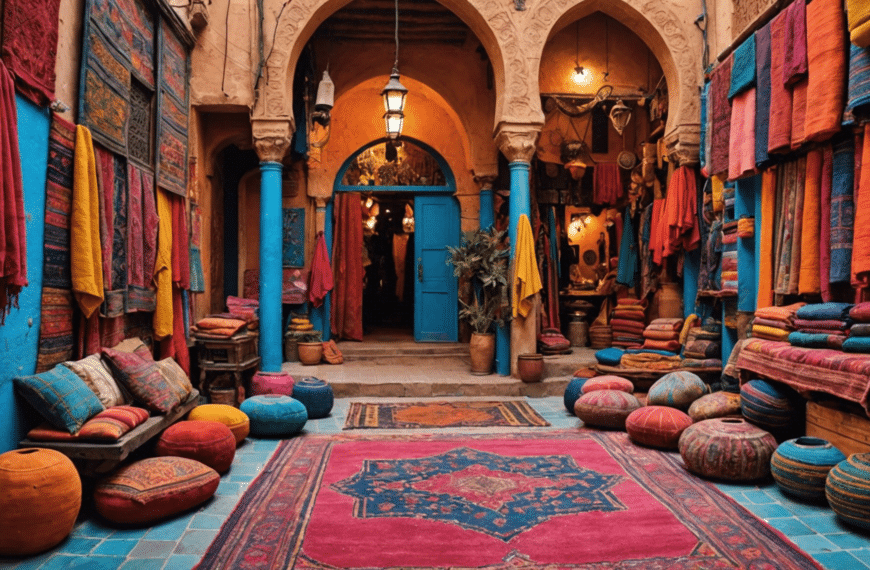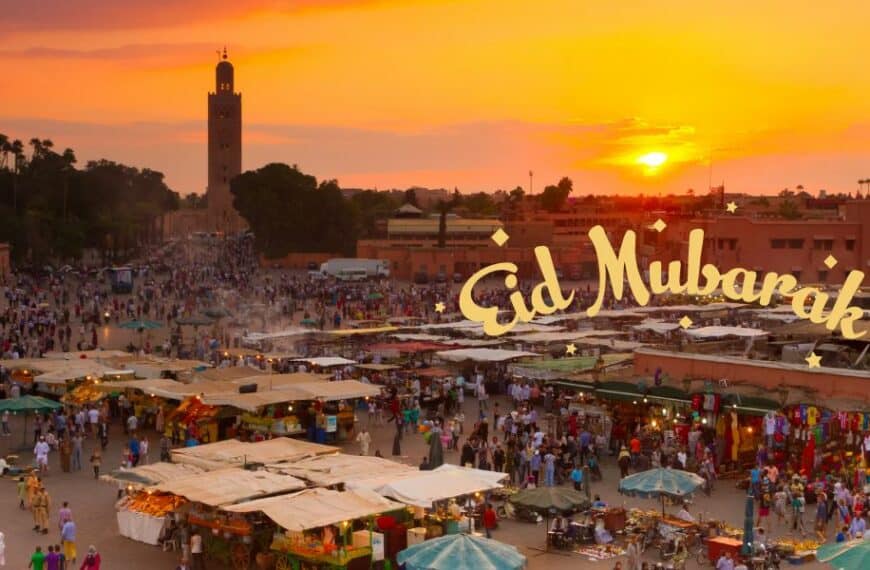Settle into the enchanting ambience of a traditional Moroccan riad and let me whisk you away on a journey through the captivating world of Moroccan tea culture. Picture yourself lounging on sumptuous cushions, a delicate glass of mint tea glistening under the North African sun, as you delve into the age-old rituals that have steeped this beverage in so much more than just hot water. From the artful pour to the rich fusion of flavors, Moroccan tea is not just a drink, but a ceremony of hospitality and a dance of aromatics that delights the senses. Let’s unravel the secrets behind the leaves and the lore, as we uncover the mystical allure that Moroccan tea culture has held over the hearts of locals and travelers alike.
Unveiling the History of Moroccan Tea
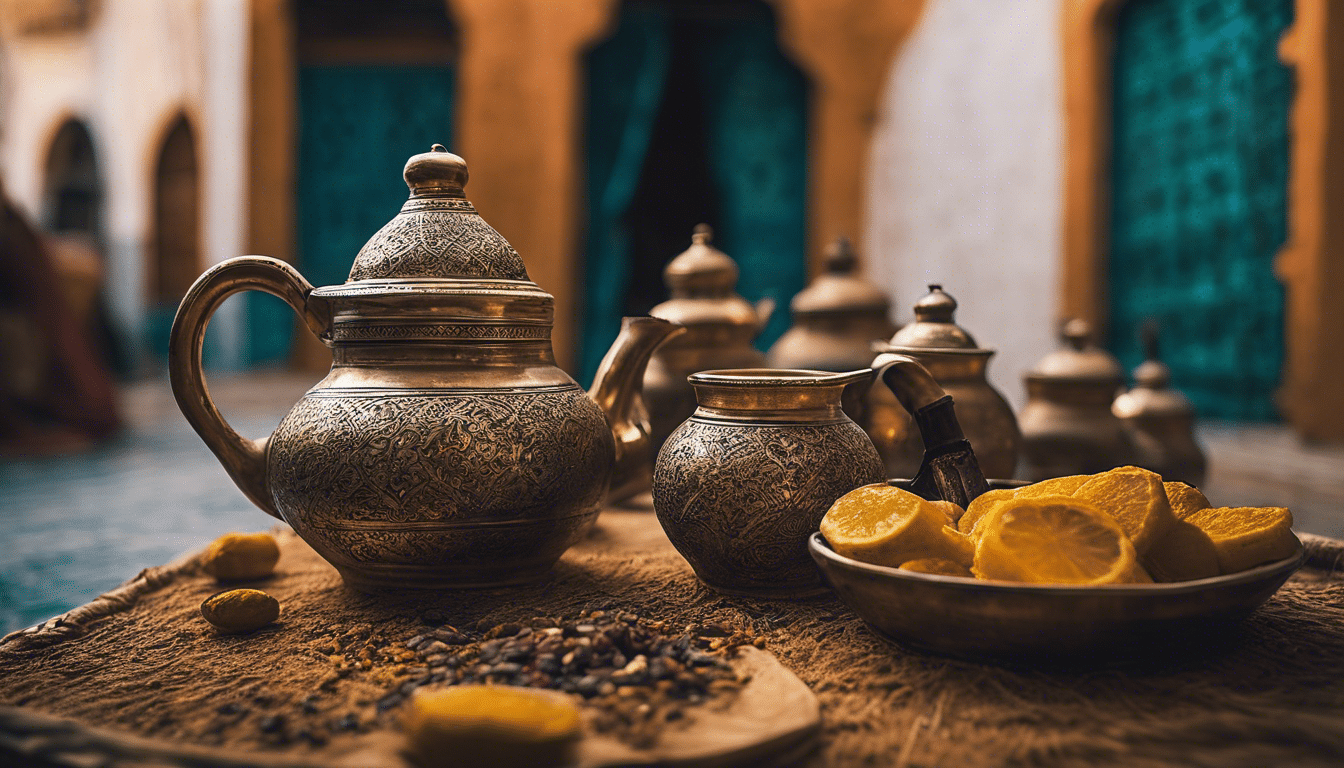
Steeping in centuries of tradition, Moroccan tea is not merely a drink but a symbol of hospitality, friendship, and the intricate social fabric of Morocco. Served with great ceremony, it has woven itself into the daily life and culture of the Moroccan people and represents an art form passed through generations.
The Journey from East to Moroccan Shores
Contrary to what many might assume, tea did not have its origin in Morocco. The roots of this story are traced back to the Far East. It was in the 18th century that tea first made its appearance when British merchants introduced the commodity as an alternative to the trade disruptions with their traditional buyers in the Baltics. This gift of the leaves quickly took hold as a luxury for Morocco’s elite.
The Mint Infusion Evolution
While the British may have brought the tea, it was the Moroccans who masterfully combined it with their native spearmint to create what’s now known as Maghrebi mint tea. The inclusion of mint not only added a refreshing twist but also an abundance in accessibility, transforming tea from an elite indulgence to a drink savored by the masses.
Rituals and Symbolism
A foundational element of Moroccan hospitality, the traditional tea ceremony embodies grace and is steeped in a sequence of cultural rituals. Sharing tea can stretch for hours, symbolizing a gesture of welcome. The preparation in itself is considered an art form, involving a series of steps – the boiling of the water, the rinsing of the leaves, and the careful pouring from a height to aerate the tea and enhance its flavor.
The Artisan’s Contribution
Moroccan teaware also reflects the intricate craftsmanship of the land. Ornate silver teapots, often handmade, symbolize the prestige that Moroccan tea holds in social settings. Tea glasses adorned with elaborate designs are a testament to the aesthetic appreciation woven into daily life.
Tea – The Social Glue of Moroccan Life
Far beyond the act of drinking, Moroccan tea bears the identity of belonging and togetherness. It is an invitation to share stories and savor moments, a respite from the busy day or the centerpiece of a gathering. Tea-drinking sessions are enshrined as an intimate part of visiting a Moroccan home.
Key Ingredients for Authentic Moroccan Tea
- Chinese Gunpowder Tea: The base of the brew, known for its robust flavor.
- Fresh Spearmint: For a refreshing zest and aroma.
- Sugar: Often in the form of large cones, adding sweetness to the beverage.
In summary, the history of Moroccan tea is a rich tapestry, colored with international influences yet distinctly local in its evolution. From a trader’s introduction to a revered daily practice, it’s a story that continues to unfold in the customs and ceremonies of Moroccan life. The art of Moroccan tea-making is indeed a language, spoken in the silence of the desert and the bustle of the souk, a sensorial heritage that beckons travelers to partake in its timeless narrative.
The Central Role of Tea in Moroccan Social Life
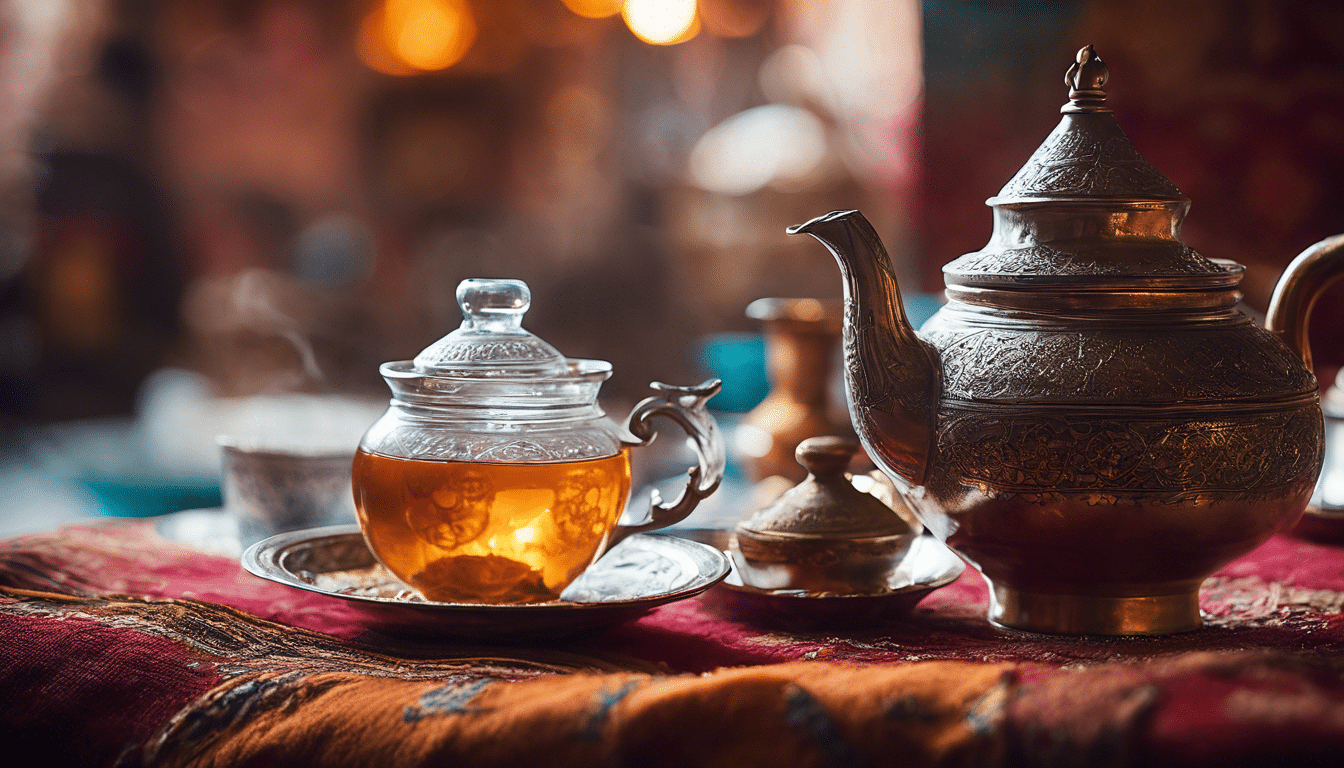
The Ritual of Moroccan Tea
In the heart of Moroccan social life, tea isn’t just a beverage—it’s an art form and a symbol of hospitality and tradition. The Moroccan tea ritual, steeped in history, is an essential practice in almost every home. As a traveler immersing oneself in the local customs, the delicate pouring of the tea from a height, creating a froth in the glass, is mesmerizing—a dance of welcome that declares, “You are family.”
A Symbol of Togetherness and Conversation
Moroccan mint tea, also known as Maghrebi, isn’t just a drink—it’s a gesture of community and friendship. Whether among family, neighbors, or new acquaintances, tea time is a moment to gather, converse, and slow down the pace of life. It’s an intimate atmosphere where stories are shared, advice is given freely, and the bonds of companionship are fortified over the clinking of glasses and the gentle wisps of steam rising from the mint-infused elixir.
The Art of Preparation and Serving
Preparing this emblematic drink is a craft in itself, one often passed down through generations. It begins with the tea master (traditionally the head of the family), who combines green tea leaves with fresh mint and a substantial amount of sugar. The mixture is then steeped in boiling water, and the tea is poured with a flourish into delicate glasses from a height—a technique that aerates the tea and enhances its flavor.
Tea Across Moroccan Events and Daily Life
Moroccan tea transcends everyday consumption—it is a central fixture at events, ceremonies, and crucial life moments. From weddings to business meetings, serving tea is the quintessential act of Moroccan hospitality, an offer of peace, and a sign that guests are valued and respected. It is common to see people enjoying tea in the bustling medinas, within quiet courtyards, or under the cool shade of an olive tree.
Tea as a Gateway to Moroccan Arts and Crafts
The tea ceremony is incomplete without the craftsmanship that accompanies it. The silver teapot, ornate tea trays, and colorful glasses are hallmarks of the fine workmanship that goes into Moroccan arts. These pieces are not just utilitarian; they are works of art, often intricately carved or painted, demonstrating the importance of beauty in everyday Moroccan life and traditions.
In conclusion, Moroccan tea is far more than just a refreshing drink—it’s a vital strand in the social fabric of Moroccan culture. Its presence at gatherings is as essential as the conversations it stimulates and the relationships it nurtures. Embarking on the journey through Morocco’s tea culture is to experience the soul of the nation—one teapot at a time.
Understanding the Traditional Moroccan Tea Ceremony
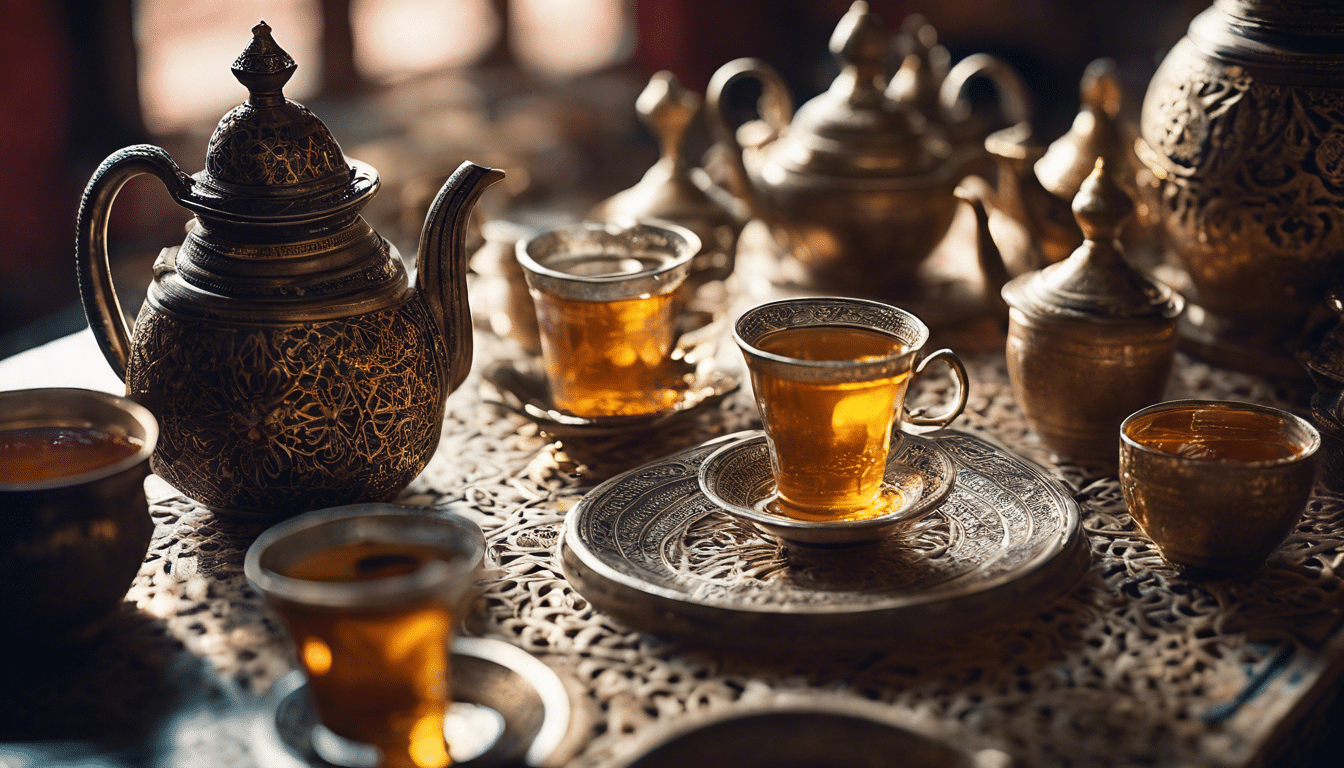
Moroccan Tea: A Whisk Through Time and Tradition
In the heart of Morocco, amongst the bustle of medina streets and the quietude of the Atlas Mountains, lies an age-old tradition steeped as much in culture as it is in boiled water. Moroccan tea, a drink beyond mere refreshment, is an embodiment of hospitality, art, and connection. Here, we dive into the rituals that define the Moroccan tea ceremony, exploring its nuances and significance.
The Ritual of Preparation: Crafting the Perfect Brew
The ceremony begins with the rite of preparation. It is not a hurried affair but a meditative practice that demands patience and precision. Key to the process is the Moroccan mint tea blend, a combination of green tea leaves, typically Chinese gunpowder tea, and a generous handful of spearmint leaves. But the true character of the tea is often punctuated by the inclusion of other herbs, such as wild geraniums or lemon verbena, invoking a symphony of flavors unique to each pot brewed.
Tea masters, or ‘maalems,’ approach the tea-making with an almost choreographed series of steps: cleansing the leaves with hot water, brewing them with precision, and finally, adding the sugar and mint. It’s a craft passed down generations, each movement full of intention and inherited wisdom.
Pouring with Panache: The Art of the Long Pour
Performance meets tradition in the pouring of Moroccan tea. From a height, the maalem cascades a slender stream into delicate glasses. This is not showmanship alone; the long pour aerates the tea, creating a subtle froth called ‘crown’ while simultaneously blending the sweet and minty essences. Watching the liquid arc through the air is mesmerizing, a dance between grace and gravity.
The tea glasses themselves are a vibrant tapestry of color and design. Usually ornate, these glasses are as much a feast for the eyes as the tea is a delight to the palate. The glass is held not only to savor the tea but to admire the craftsmanship, and this culmination of art and utility reflects the Moroccan philosophy of living – a blend of beauty and purpose.
More Than a Meal: Societal Bonds Woven in Mint and Green
The Moroccan tea ceremony is far more than a simple offering of a hot beverage. It is symbolic, a meaningful gesture of welcome that stitches the fabric of society together. To share a cup of tea with another is to share respect, camaraderie, and kinship.
From the high-stakes negotiations in souks to the daily rhythm of life in family homes, tea is a constant companion. When glasses clink and steaming tea floods the senses, barriers dissolve, conversations flow, and a shared understanding takes root.
At weddings, funerals, births, or simply as the sun dips below the horizon, tea is there, as reassuring as the call of the muezzin or the scent of orange blossoms lingering in a moonlit alleyway.
Embarking on Your Own Tea Journey
Whether you find yourself traversing the majestic peaks of the Rif or navigating the labyrinthine alleys of Fez, the tea ceremony awaits. To the uninitiated, the experience is transcendent, an awakening to the Moroccan way of warmth and generosity.
If the chance to partake in this storied tradition comes your way, embrace it. Sit, sip, and let the tapestry of Moroccan life unfold with each pour. Remember, the beauty of the tea ceremony lies not in the steps themselves but in the hands that have perfected them, the mouths that have savored them, and the spirits that have shared them across countless sunsets and rising moons.

